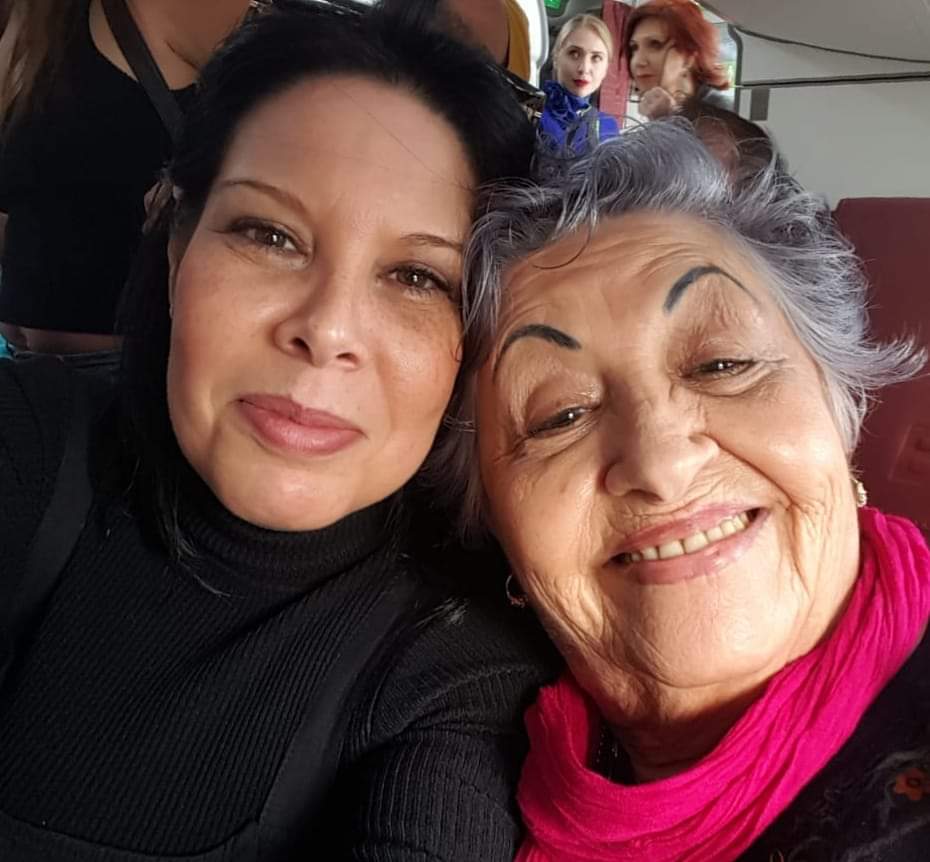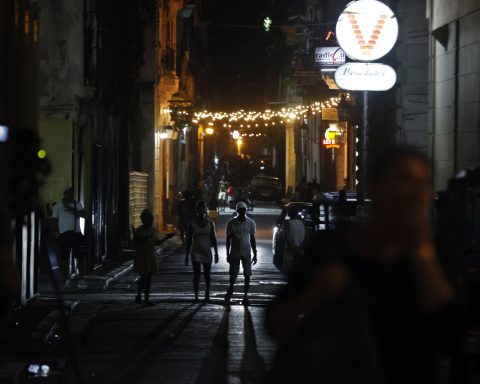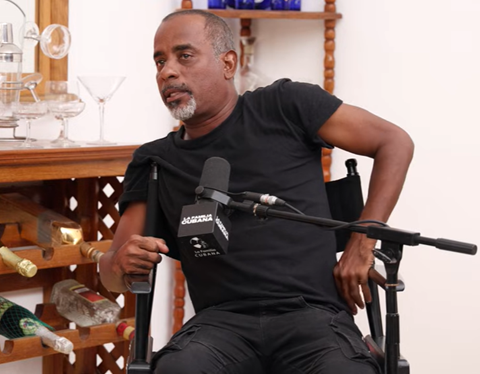Until 2019 Carmelina Barberis (Havana, 1938) remained on stage and at 83 years old she maintains an incredible vitality. “It’s a lot for the body. She is a barbarian in her own thing and she continues to be ”she tells me —via Whatsapp— the daughter of her Chabela of her. “She has had a very hard, very sad and difficult life, but she always went on stage with a smile and has stolen anyone’s heart,” she confesses. In order not to lose her independence, nor to be under the orders of any man, Carmelina Barberis forged her character in the midst of so many difficulties. At the age of ten she started on the path of music and the radio was, first, the ideal space to demonstrate her talents.
At the end of the 1940s, “Better that I shut up” came out of the ether, a social criticism program starring Rita Montaner (Lengualisa) and Alejandro Lugo (Mojito) and Radiocentro, the new CMQ house on L and 23, was inaugurated. in the heart of the new Havana. “A dream of the future made a reality by the mind of one man, Goar Mestre, and the efforts of many men who collaborated with him to achieve results…”, reports the national press. 1
Carmelina, who was not born among hills but on a Havana lot, begins to take her steps in a genre that will have other queens on the throne, all living in the same space and defending themselves like cats facing up: an unrepeatable Celina González; Zoila Gómez, Violeta Borrego, Edelmira Vega, Coralia Fernández, Radeunda Lima, Merceditas Sosa…
Before the triumph of the anti-Batista troops in 1959, there were peasant programs that had a high level of audience: “Como Think Cubans” by Onda Hispano-Cubana, “Cantadores Nacionales” by Radio Mambí and “El Guateque de Apolonio” by CMQ. . two
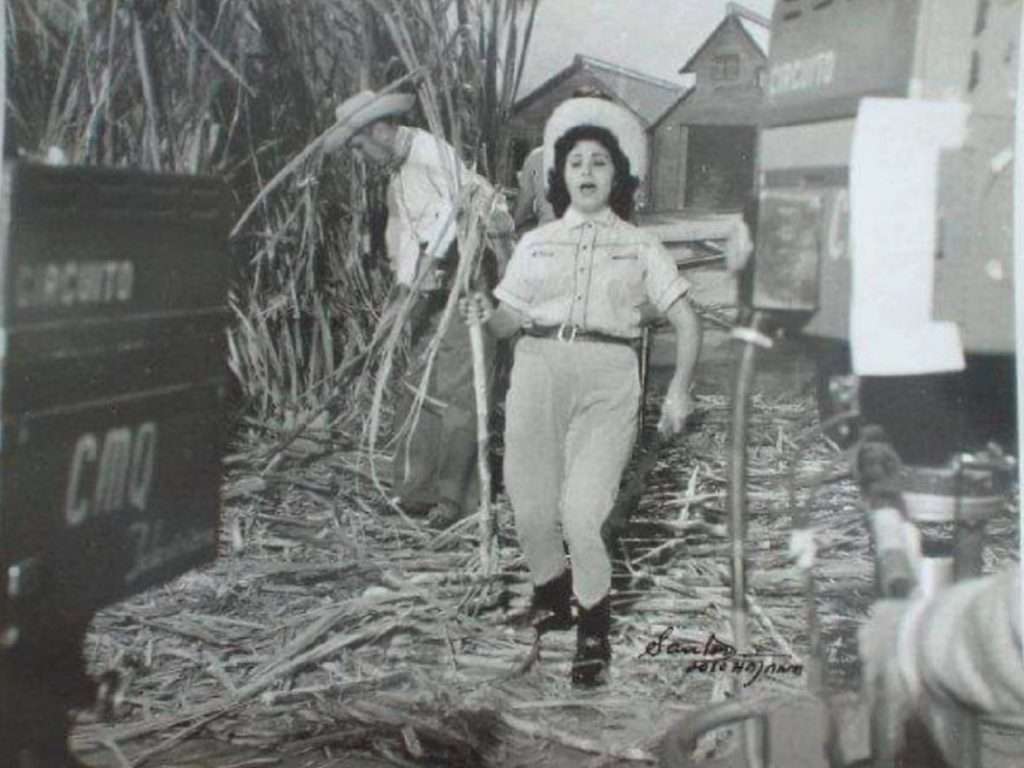
Carmelina performs in several programs with these characteristics, she rubs shoulders with some of the most important composers… Experience the splendor of The Guantanameraby Joseíto Fernández, without imagining that the famous tune —in his voice and with tenths of Jesús Orta Ruiz— will be one of the most applauded inside and outside the Island.
I am Latin America
breaking old jaws
trunk grafted from races
from a marine illusion.
I am the peasant woman
made of a fertile furrow
and I give him deep love
to all good souls,
because I have in my veins
roots from all over the world.
Starting in 1950, many radio artists went on to the screen, and Carmelina was among the founders of the new medium in Cuba. Television, according to the chronicler Eladio Secades, “will reach the degree of wonder converted into a household symbol. The rooftops of the city are filled with antennas. Spiders that have woven their web at the end of a tube. That’s where the voice and gesture come in. Image and word of what is happening in the world”. 3 Before and after 1959, Carmelina Barberis will be seen repeatedly on small screen programs, alternating with other figures with strong popular roots. In the following decades she will sing, like many, of the sociopolitical processes that the country is experiencing. In this way themes of unquestionable beauty will appear, such as The national flag by Rolando Leyva with the Los Montunos ensemble, under the direction of the lutenist José Manuel Rodríguez.
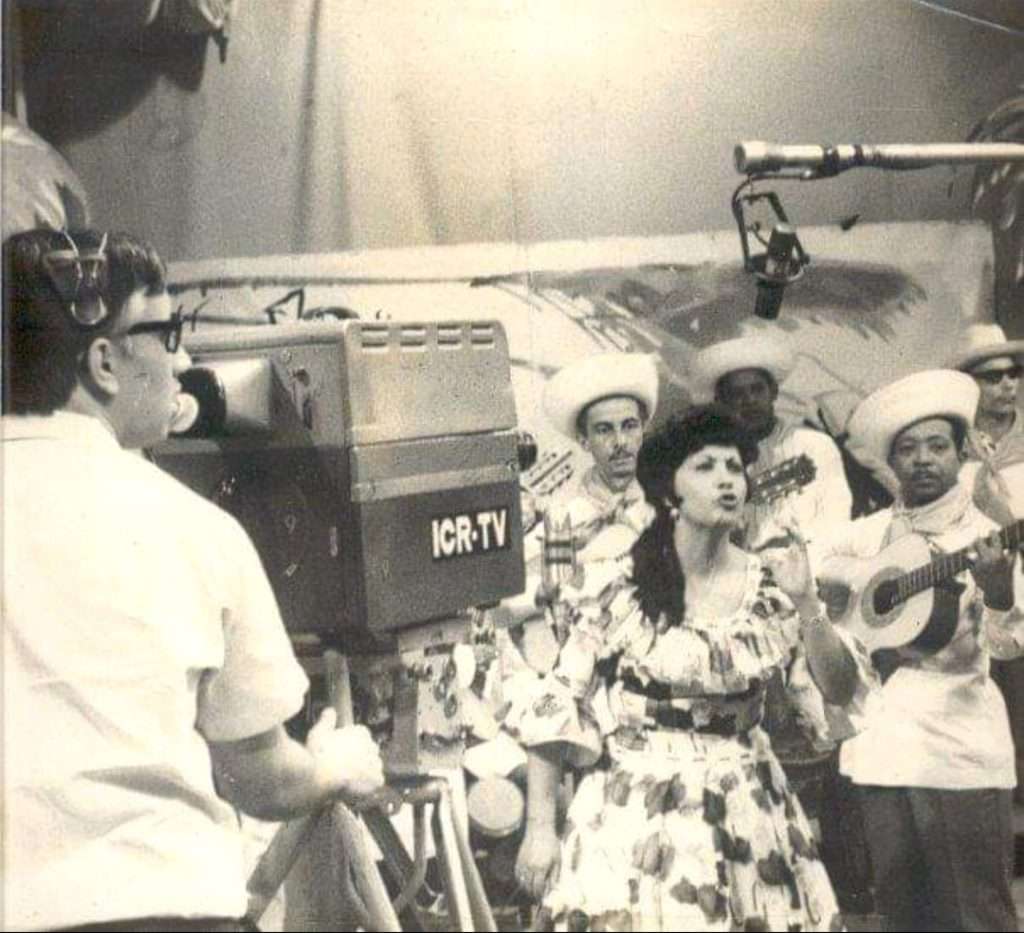
Live, unstoppable, the seventies and eighties between presentations abroad and in the most remote areas of Cuba. Carmelina has a peculiar grace: she is unable to look at the television camera without laughing. Her pitch black hair, elongated eyebrows and a body that fits harmoniously with her robes. Her voice —that which we can still hear on recordings made between 1968 and 1969— seems to break, at times, on songs like The challenge, by Julio Flores, of which he made a whole creation. “Static with emotion” we are left with the feeling that Carmelina gives to pieces like holy darling (Orlando Tamayo) in a duet with Mongo Huerta, in the well-known how to dance the son (Guillermo Rodríguez) or the sparkling You say it (Leopoldo Ford) with the voices of Martica Morejón, Mongo Huerta and Antonio Acanda in the choir.
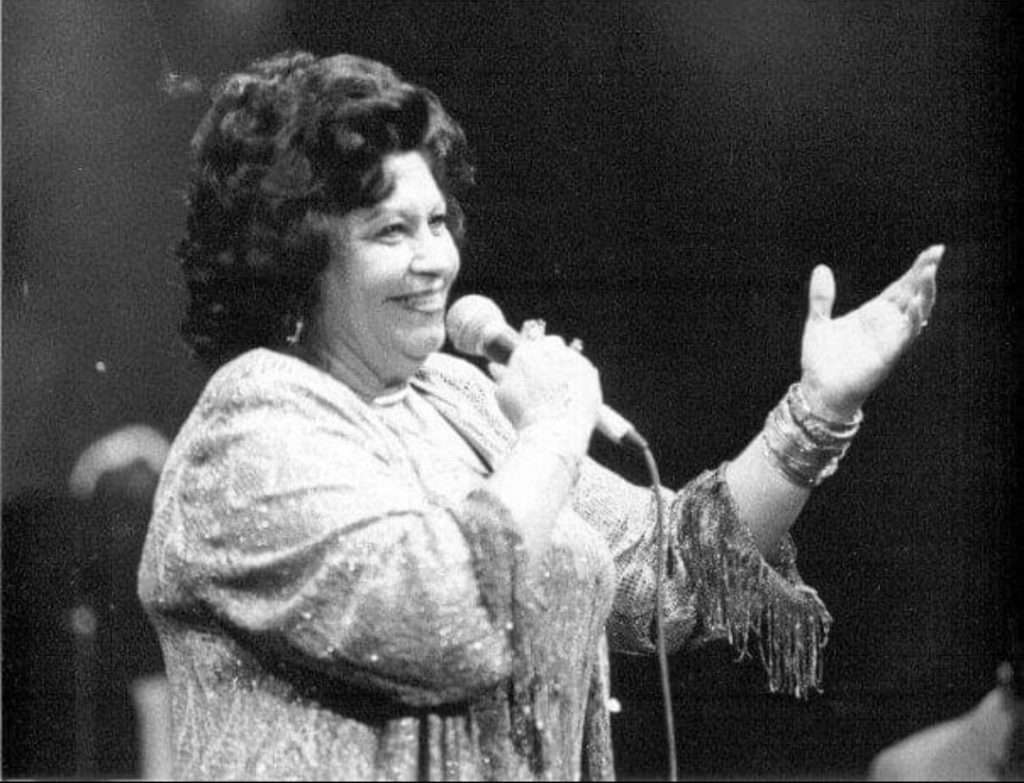
With all this solid experience (and that in a few paragraphs it is impossible to summarize) Carmelina Barberis settled in La Palma (Canary Islands) in the nineties of the last century. With the memory of thousands of emigrants and the admiration of those who listened to her for the first time, the interpreter witnesses a second rebirth of her career. As a legitimate ambassador of Cuban music, she has been active for years, interacting with young musicians who see in her a diva who was forged in the Cuba of yesterday.
“She never felt powerful, but she did feel free and independent as a woman,” emphasizes Chabela.
Owneveryone’s album
Chabela grew up watching her mother on radio and television programs, between tours and recordings… “I am the result of a different girl, happy despite her limitations,” says Chabela (Havana, 1973). Singer, composer, pianist, arranger, music teacher and artistic director, Chabela graduated in Choral Direction in 1992 and two years later she began to live in La Palma. In her service sheet one of her knows that she has worked, among others, with artists such as Pavel Urquiza, Julio Fowler, Abel Cordovez. She has been the director of several festivals for young soloists since 2007, and teaches elementary-level music and movement, piano and choral singing classes at different music academies on the island of La Palma.
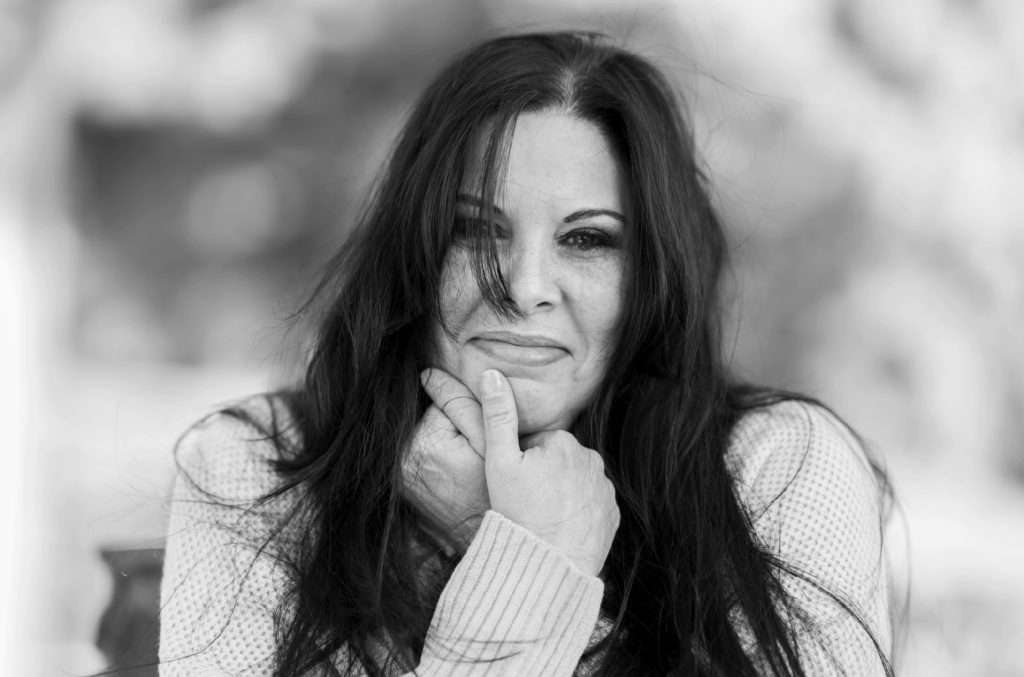
Of course, Chabela Barberis is much more than all these data that we present here. You have to hear her speak to realize her sensitivity, her particular way of seeing life. One still does not understand why the arrival of her first album took so long. Perhaps due to lack of time, fear or perhaps seeing “an artisanal piece” mature as applauded as it is Ownan album of all.
I doubt a critical listener would ignore such material. It is clear to me that it is not an album for everyone, although that is the purpose of its author and the musicians who accompanied her in the construction of the work. But no, you have to sit down, you have to abstract yourself from the daily rhythm to enjoy Chabela’s voice in those ten songs of her authorship and set to music mostly by maestro Víctor Zamora, Chabela herself and Inger Martínez Pons with the musical advice of Julio Fowler.
We fully agree with the critic and journalist Joaquín Borges-Triana when he maintains that “Own serves to exemplify the emergence of a different professional practice within the diasporic community of Cuban musicians, who are currently developing links and artistic collaborations with their colleagues in Cuba, something that also happens among themselves through different countries, as can be seen in this specific case.
In a heartfelt review, the film director Ernesto Fundora, maintains:
“When I heard her for the first time, I knew immediately that I was dealing with a heroic defender of good taste, of the best calibrated sensuality, also possessing an interpretive technique and swing that are becoming more and more extinct at this time. Chabela brings in his AND the best of a tradition that summarizes genres such as filing, son, jazz, Nueva Trova, Guajira, Cha Cha Chá, Rockandson, Bossa Nova, but which found its precise coordinates in a style that had the voice of Gema Corredera her best moment at the beginning of the 90s (…)”
For our part, we note that Own It is available on digital platforms. From the music, Chabela and everyone around her have broken the walls of a silence that we did not deserve. In Cuba, as in the Canary Islands, it already occupies the space that is only granted to those who make intelligent music with love.

recapping
A month before his death, the audiovisual producer Felipe Morfa (Fepo) spoke to me —by telephone— about Carmelina Barberis and Chabela. He did it with that contagious, intense enthusiasm that has always characterized him, like someone who has the need, until the last minute, to share something authentic. Fepo never “aired” a song, a singer-songwriter or a group without the necessary musical quality. He had a trade, a sense of smell and a few sticks in the ribs to get carried away by the cot show business that he buys from others out there. Carmelina and Chabela Barberis would be, in the end, the last good suggestion from Fepo, one of the most passionate men I have ever met.
***
Grades:
1 “Radial advances” section. In: newspaper Progress, February 26, 1948, quoted by Raúl Garcés Corra in “The owners of the air”. In: Communication and Cuban Society. Collective of authors, Editorial Félix Varela, 2005.
two “The radio in Cuba”, Oscar Luis López, Editorial Letras Cubanas, 1981, p. 143.
3 Television by Eladio Secades in “Prints (1941-1958).” UNION Editions, 2004, p. 265-268.
